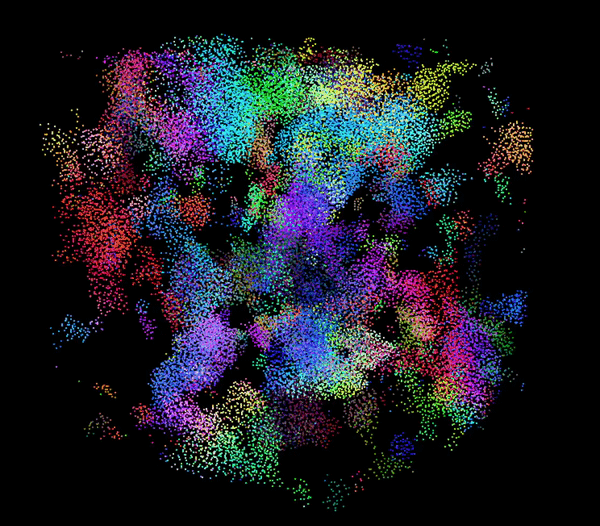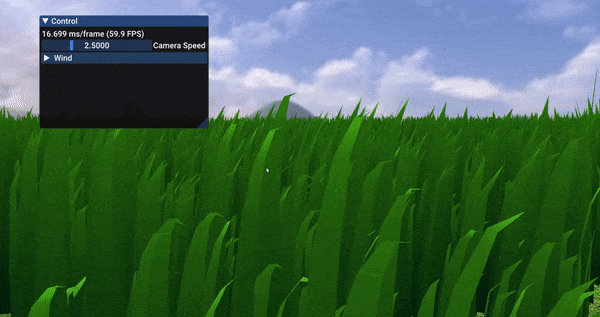Projects
Check out my personal projects below
- Show all
- C++8
- Graphics7
- Functional Programming6
- Elm3
- Library3
- Programming Languages3
- Ray tracing3
- Web3
- OpenGL2
- AI1
- CUDA1
- Game1
- GraphQL1
- i18n1
- Javascript1
- Mathematics1
- OCaml1
- React1
- Rust1
- Typescript1
- WebGPU1
- wgpu1
Show 7 projects filtered by Graphics.
CUDA Flocking (2020)
This project is a CUDA implementation of Boid, an artificial life program that simulates fishes or birds' flocking behaviors. The project first build a naive brute-force implementation, and then gradually optimize with grid accelerating data-structure, better data locality, and usage of CUDA shared memory. The simulation is visualized by OpenGL.
View my 2021 talk on this project for details on the boid algorithm and my code.

Ocamlpt (2020)
Ocamlpt is a path tracer live-coded in Youtube stream. The path tracer is based on Peter Shirley's fantastic book series "Ray Tracing in a Weekend." Some challenges I met include the poor support for graphics programming in the OCaml ecosystem and the inability of operator overloading in OCaml.
beyond::core (2020)
beyond::core contains a bunch of utilities that are associated with graphics. It serves as a supplementary of the C++ standard library and is shared in a lot of my graphics projects. The library implements an ECS, a math library built for 3d graphics, a thread pool, and some customized containers.
OpenGL Grass Renderer (2019)
This project is my implementation of the paper Responsive Real-Time Grass Rendering for General 3D Scenes. It uses a combination of compute and tessellation shaders to implement grass simulation and rendering. Grass blades are represented by Bezier curves, and the tessellation shaders dynamically create the grass geometry from the Bezier curves. The compute shader performs Euler's method to simulate the physics of grass blades and then use various culling techniques to reduces the grass blades to draw each frame.

Path Tracer (2018)
A Monte-Carlo Method based path tracing program for my own learning purpose. It is loosely based on Peter Shirley's Ray Tracing in One Weekend mini book and its sequels.
Ray Tracer (2016)
This is a toy ray tracer for the Edx's Computer Graphics Course. It is my first large scale personal coding project. It parses an ad-hoc scene description text format and then performs recursive ray-tracing. The ray tracer handles ray-sphere and ray-triangle intersection but is slow on large scenes because it does not implement any acceleration structures.